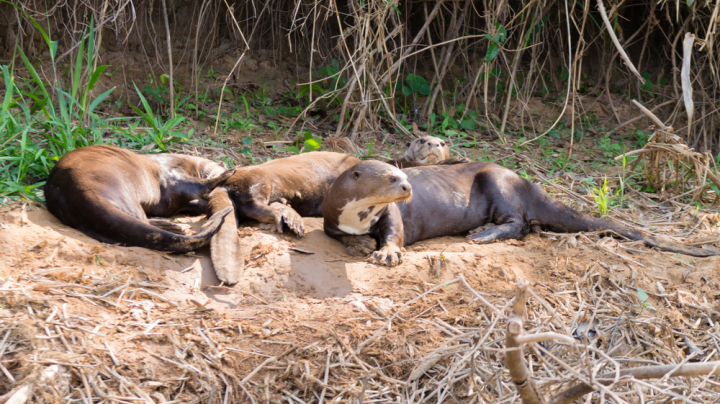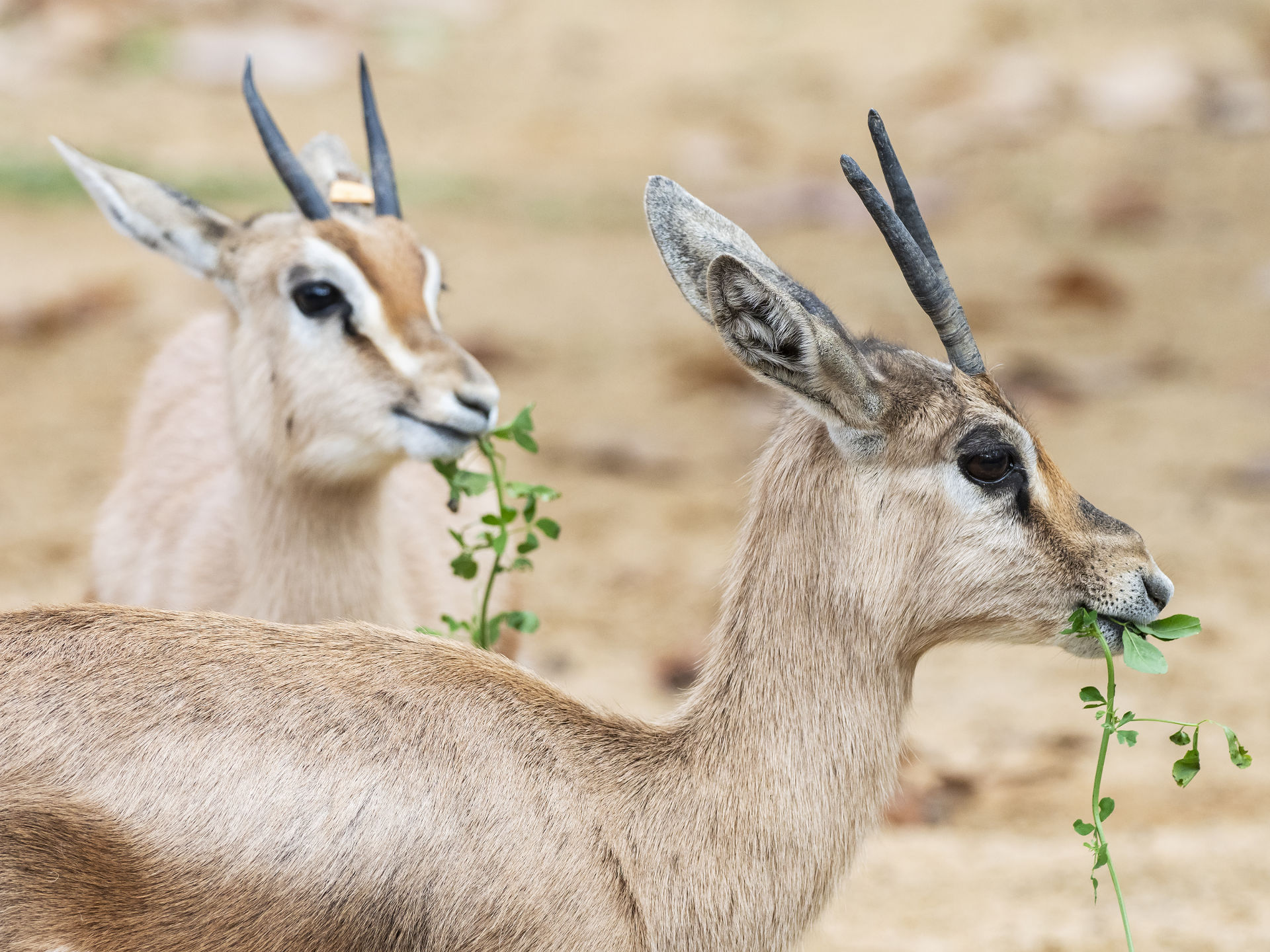
The giant otter (Pteronura brasiliensis) used to have a broad area of distribution throughout South America, from northern Argentina to Colombia and Venezuela. However, the intense hunting they were subject to for selling their furs during the fifties and sixties led to the collapse of this species and caused their geographic extinction in a large part of their original distribution ranges. These circumstances have led to their protection in many countries, including Colombia, and they are catalogued by the IUCN as Endangered (EN).
At the beginning of the 21st century, the Omacha Foundation led a research programme in the extreme east of the Vichada Department, in the area of influence of Puerto Carreño, a basin of the Orinoco River in Colombia. Thanks to the programme, the importance of this area for the conservation of the giant otters was revealed, which led to the writing in 2008 of the ‘Action Plan for Endangered Species at the El Tuparro Biosphere Reserve, in which this species is included. Since them, monitoring of the Bojonawi Nature Reserve (basin of the Orinoco River, Colombia) is done at least every three to five years.
The aim of this project is to give continuity to the aforesaid monitoring programme in order to determine the population status, ecology, influencing activities and strategies for working with the Pteronura brasilensis species at the Bojonawi Reserve and the lower basin of the Bita River.
The specific project objectives are:
-
Characterise the groups and individuals of the species Pteronura brasilensis in the area of study
-
Establish the distribution of the species in the area of study
-
Determine the diet of the giant otter in the different rivers and canals of the area of study
-
Study the knowledge, perception and uses that humans have and assign to the giant otter in the area of influence of Puerto Carreño
-
Write and publish a ‘Protocol to manage and rehabilitate seized otters’
The distribution and population size will be estimated by conducting both systematic and non-systematic transects in motorboat, canoe and on foot along the shores of rivers and canals. The groups and individuals in these groups will be identified by taking photographs obtained in direct sightings of the species, which will be supported by the information collected from camera traps located in the local latrines. The species that comprise the diet of the species will be evaluated by comparing bone remains and scales collected from the latrines with reference collections, and interviews will be conducted with the local population to evaluate their perception and knowledge of the species.



